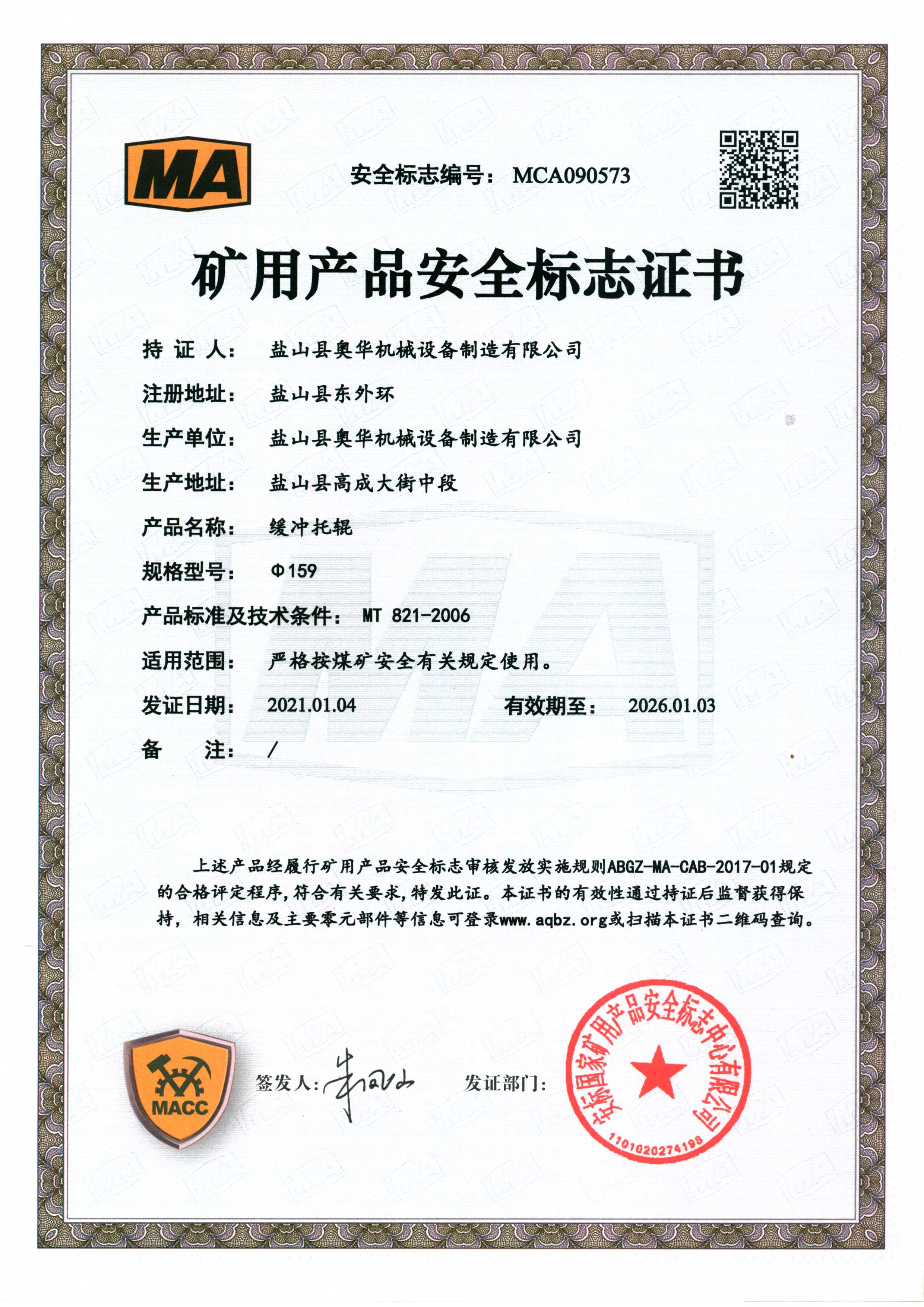 Afrikaans
Afrikaans  Albanian
Albanian  Amharic
Amharic  Arabic
Arabic  Armenian
Armenian  Azerbaijani
Azerbaijani  Basque
Basque  Belarusian
Belarusian  Bengali
Bengali  Bosnian
Bosnian  Bulgarian
Bulgarian  Catalan
Catalan  Cebuano
Cebuano  Corsican
Corsican  Croatian
Croatian  Czech
Czech  Danish
Danish  Dutch
Dutch  English
English  Esperanto
Esperanto  Estonian
Estonian  Finnish
Finnish  French
French  Frisian
Frisian  Galician
Galician  Georgian
Georgian  German
German  Greek
Greek  Gujarati
Gujarati  Haitian Creole
Haitian Creole  hausa
hausa  hawaiian
hawaiian  Hebrew
Hebrew  Hindi
Hindi  Miao
Miao  Hungarian
Hungarian  Icelandic
Icelandic  igbo
igbo  Indonesian
Indonesian  irish
irish  Italian
Italian  Japanese
Japanese  Javanese
Javanese  Kannada
Kannada  kazakh
kazakh  Khmer
Khmer  Rwandese
Rwandese  Korean
Korean  Kurdish
Kurdish  Kyrgyz
Kyrgyz  Lao
Lao  Latin
Latin  Latvian
Latvian  Lithuanian
Lithuanian  Luxembourgish
Luxembourgish  Macedonian
Macedonian  Malgashi
Malgashi  Malay
Malay  Malayalam
Malayalam  Maltese
Maltese  Maori
Maori  Marathi
Marathi  Mongolian
Mongolian  Myanmar
Myanmar  Nepali
Nepali  Norwegian
Norwegian  Norwegian
Norwegian  Occitan
Occitan  Pashto
Pashto  Persian
Persian  Polish
Polish  Portuguese
Portuguese  Punjabi
Punjabi  Romanian
Romanian  Russian
Russian  Samoan
Samoan  Scottish Gaelic
Scottish Gaelic  Serbian
Serbian  Sesotho
Sesotho  Shona
Shona  Sindhi
Sindhi  Sinhala
Sinhala  Slovak
Slovak  Slovenian
Slovenian  Somali
Somali  Spanish
Spanish  Sundanese
Sundanese  Swahili
Swahili  Swedish
Swedish  Tagalog
Tagalog  Tajik
Tajik  Tamil
Tamil  Tatar
Tatar  Telugu
Telugu  Thai
Thai  Turkish
Turkish  Turkmen
Turkmen  Ukrainian
Ukrainian  Urdu
Urdu  Uighur
Uighur  Uzbek
Uzbek  Vietnamese
Vietnamese  Welsh
Welsh  Bantu
Bantu  Yiddish
Yiddish  Yoruba
Yoruba  Zulu
Zulu Belt Training Idlers - Enhance Conveyor Performance and Longevity
Understanding Belt Training Idlers A Key Component in Conveyor Systems
Belt training idlers are crucial components in conveyor systems, playing a pivotal role in the efficient operation of material handling processes across various industries. These specialized idlers help ensure that the conveyor belt remains aligned and operates smoothly, preventing issues such as belt misalignment and excessive wear. In this article, we will explore the significance of belt training idlers, their types, functionalities, and maintenance best practices.
At its core, the primary function of belt training idlers is to keep the conveyor belt centered on its track. Misalignment of the belt can lead to a myriad of problems, including increased friction, reduced efficiency, and costly damage to the belt and other components of the conveyor system. By employing training idlers, operators can help maintain the correct position of the belt, which enhances the overall performance and longevity of the conveyor system.
Belt training idlers come in various designs, each tailored to specific operational needs. The most common types include pivoting idlers, adjustable idlers, and fixed idlers. Pivoting idlers are designed to tilt or pivot based on the belt's movement, allowing for automatic realignment. Adjustable idlers provide operators with the ability to manually set the alignment based on their specific requirements, while fixed idlers are stationary and provide minimal adjustment capability.
belt training idlers

The functionality of these idlers extends beyond merely training the belt. They also contribute to the overall stability of the conveyor system. Properly aligned belts operate more efficiently, reducing energy consumption and lowering operational costs. Additionally, idlers minimize wear and tear on the belt itself, which can significantly extend its life span.
Maintenance of belt training idlers is vital for their optimal performance. Regular inspections should be conducted to identify any signs of wear or misalignment. Components should be cleaned and lubricated to prevent rust and ensure smooth operations. During maintenance, it is essential to check the alignment of the idlers themselves, as a misplaced idler can lead to further complications in the belt's operation.
Another critical factor is the selection of appropriate materials for the idlers and the belt. The choice of material can affect the durability and performance of the idlers, particularly in harsh industrial environments. Therefore, it's essential to choose idlers made from high-quality materials that can withstand the unique operating conditions of the facility.
In summary, belt training idlers are an integral part of conveyor systems that enhance the alignment, efficiency, and longevity of conveyor belts. By selecting the right type of idler, conducting regular maintenance, and ensuring quality materials are used, businesses can optimize their material handling processes. This not only leads to improved operational efficiency but also reduces unexpected downtime and costs associated with repairs, making belt training idlers indispensable for modern industrial operations. Investing in this essential component is a step toward achieving a more reliable and productive conveyor system.
-
Revolutionizing Conveyor Reliability with Advanced Rubber Lagging PulleysNewsJul.22,2025
-
Powering Precision and Durability with Expert Manufacturers of Conveyor ComponentsNewsJul.22,2025
-
Optimizing Conveyor Systems with Advanced Conveyor AccessoriesNewsJul.22,2025
-
Maximize Conveyor Efficiency with Quality Conveyor Idler PulleysNewsJul.22,2025
-
Future-Proof Your Conveyor System with High-Performance Polyurethane RollerNewsJul.22,2025
-
Driving Efficiency Forward with Quality Idlers and RollersNewsJul.22,2025





























